The Kaiser's men’s medals
Article about: The Kaiser's men’s medals (and Homelands) Some time ago acquiring this postcard for my collection. It’s a small piece of art on paper that someone used on April 21, 1916 It’s an incred
-
05-05-2024, 12:49 PM
#441

Many of them were captured by the Russians or deserted and were sent as prisoners to camps, such as the one in Tambov.
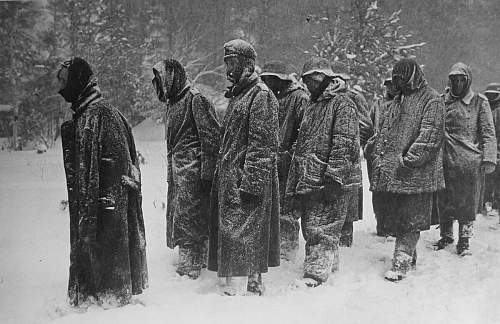
This image has been used to illustrate Alsatians prisoners in the USSR on their way to captivity...
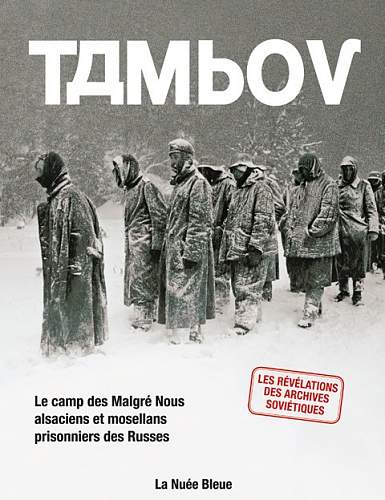
This is what we see on the cover of this book on the subject.
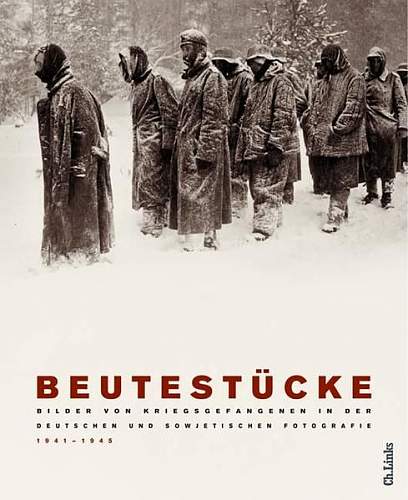
However, in this other book (that I own) in which the photo is also on the cover, specialized in images of German and Russian prisoners, nothing is said other than that the men in the image are Alsatian or Lorraine.
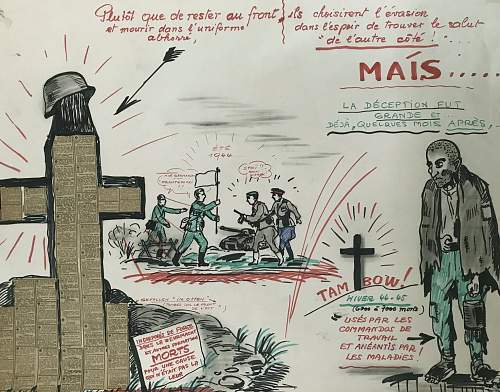
Very curious collage of a survivor denouncing the injustice of the captivity and death of many comrades who surrendered to the Soviets, but spent years in the gulag...
There, 450 kilometers southeast of Moscow, of the more than 14,000 captured by the Red Army, between 3,000 and 6,000 died of malnutrition, dysentery or cold.
Of the approximately 130,000 men called up to join the German army since the autumn of 1942, more than 40,000 never returned: 31,321 died and another 9,000 are recorded as missing in action.
-
05-05-2024, 12:57 PM
#442

The Return of the Fifteen Hundred
Captured by the Soviets, Alsatian and Moselle prisoners experienced the rigors and horrors of the Tambov camp. In July 1944, the Russian authorities authorized 1,500 "Malgré-Nous" to join the Free French Forces in North Africa, via Tehran. Towards the end of the war, five convoys repatriated another 10,000 from the Tambov camp. In total, of the 132,000 Malgré-Nous, more than 40,000 never returned home.
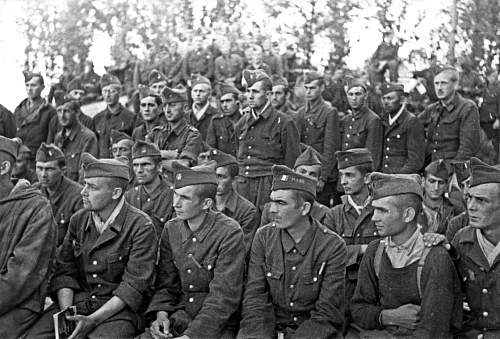
Malgré-Nous of Alsace and Moselle awaiting transfer from Tambov, (one of the 148 Soviet camps where those forcibly recruited into the Wehrmacht were registered).
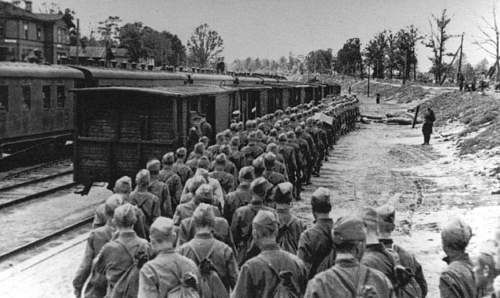
On July 7, 1944, 1,500 Alsatians and Lorraineans were authorized to leave the Russian camp at Tambov.
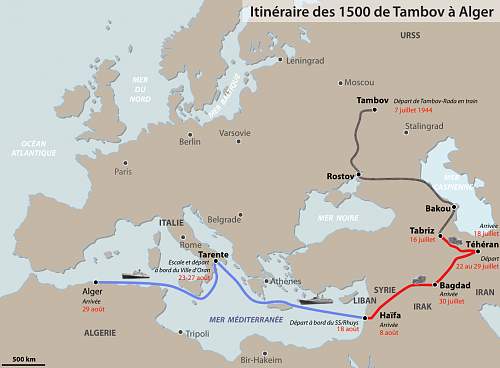
The long way home of the Tambov 1,500
As part of the Franco-German reconciliation, in 1963 the "Malgré-Nous" were rehabilitated. Ten years later, a series of decrees recognized their disabilities related to their captivity and granted them the same pensions as soldiers who had fought for France.
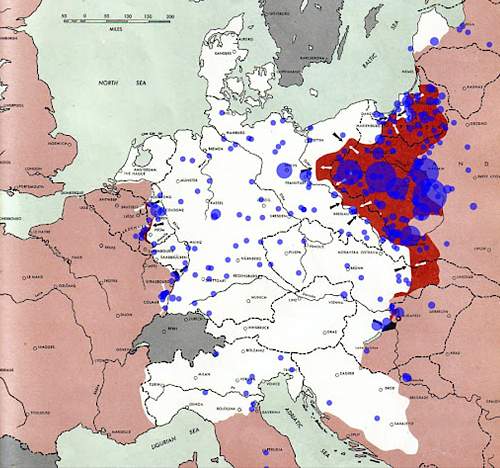
The blue circles on the map indicate where the protagonists of this story died. The larger the circle, the greater the number of casualties in the area.
-
05-05-2024, 01:04 PM
#443
-
05-05-2024, 04:08 PM
#444
-
05-06-2024, 12:28 PM
#445

One of them was Guy Mouminoux (13 January 1927 – 11 January 2022), known by the pseudonym Guy Sajer
He is best known as the author of the Second World War memoir "Le Soldat Oublié", 1965, or "he Forgotten Soldier", which recounts his experience serving in the Wehrmacht on the Eastern Front from 1942 to 1945, in the elite Großdeutschland Division
A little more info on...
Guy Mouminoux also wrote & illustrated French graphic novels (bande dessinée), is pseudonym being "Dimitri". Overtime we could feel more & more of is war experience in Russian in a subtly way. In his later novels he openly made his character wonders about old (real) comrades & his German girlfriend (Paula, if my memory is good), none of wich he would meet again in real life.
Here is one of his graphic novel about the ordeal of Stalingrad POW.
Himself was captured by the British who transferred him to the French authority.
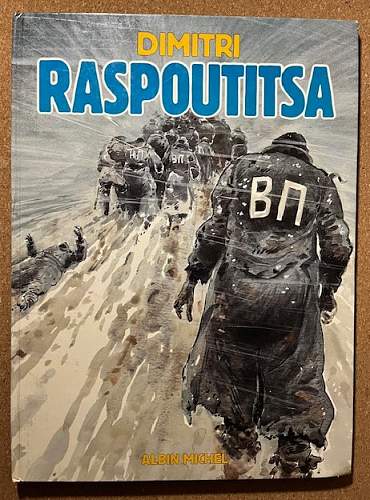
Jack
-
05-12-2024, 08:33 AM
#446

German Colonial Empire
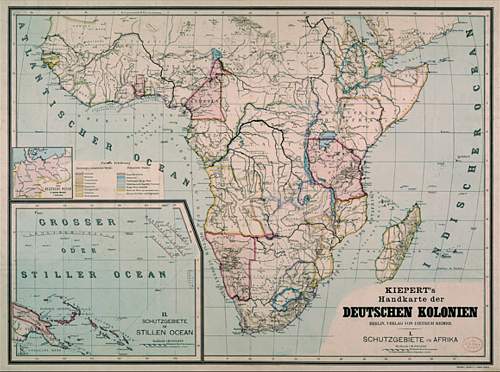
German colonnies
Until its confiscation by the Treaty of Versailles in 1919, following the German defeat in the First World War, the Reich owned a series of overseas colonial territories.
Deutsch Togo – Togoland (What is now the nation of Togo and most of what is now the Volta Region of Ghana)
Kamerun – Cameroon (today's Republic of Cameroon, northern parts of Gabon and the Congo with western parts of the Central African Republic, southwestern parts of Chad and far northeastern parts of Nigeria).
Deutsch-Südwestafrika - German South West Africa (today’s Namibia)
Deutsch-Ostafrika - German East Africa (today’s Burundi, Rwanda and Tanzania mainland)
Deutsch-Neu Guinea – German New Guinea (Northeastern part of the island of New Guinea and several nearby island groups: North Solomon Islands, The Caroline Islands, Palau, The Mariana Islands (except for Guam), The Marshall Islands, Nauru and German Samoa.
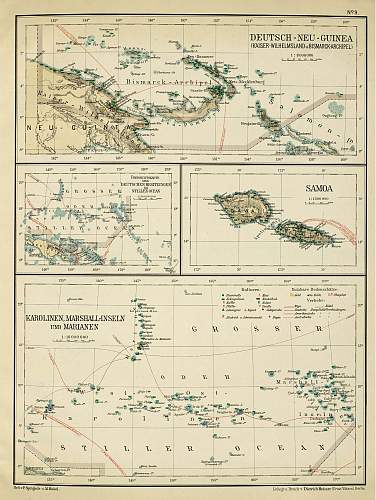
Detail of the colonies in New Guinea, Samoa, the Marshall Islands, and the Mariana Islands
We will see that these territories remained under imperial government thanks to the combination of army and navy forces displaced from the metropolis and regular units formed by natives of each place.
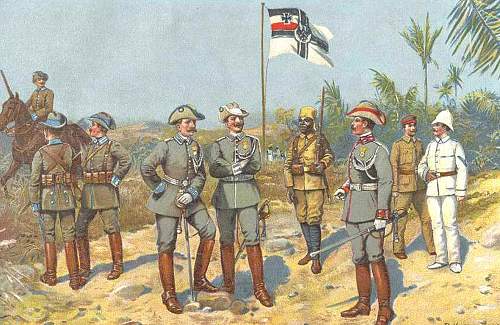
Although the best known are the Askaris of former German East Africa, they were not the only ones
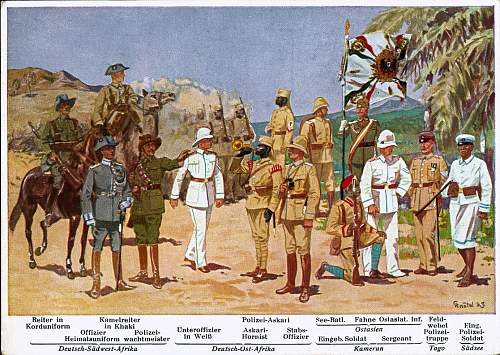
-
05-12-2024, 08:53 AM
#447

Germania overseas
Deutsches Reich - Kolonial Denkmünze, 1912, awarded in 1912.
The Colonial medal was donated by Kaiser Wilhelm II on June 13, 1912. The medal and clasps were awarded retroactively for participation in military operations in the German colonies. Exceptions were participants in the Boxer Rebellion 1899-1901, and German South-West Africa in the years 1904-08. These operations were eligible for their own unique commemorative medal.
The medal was made of bronze the obverse of which depicts the right-facing bust of Wilhelm II in uniform, with the initials W II. The reverse has oak leaves on the right and a laurel branch on the left. In the center is the imperial crown which sits above the inscription DEN TAPFEREN STREITERN FÜR DEUTSCHLANDS EHRE (The brave warriors for Germany's honor). The ribbon is white with four thin red lines in the center and black stripes on the edges.
The medal claps were manufactured of gold-plated brass.
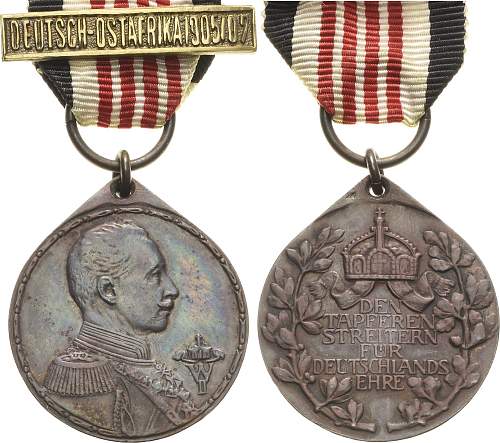
German Empire, Colonial commemorative medal, awarded in 1912.
The medal could also be awarded with the following clasps:
- Deutsch-Ostafrika (with eighteen different years, from 1888/89 to 1912)
- Südwest-Afrika (with six different years, from 1893/95 to 1903/04)
- Kamerun (with twenty-nine different years, from 1884 to 1912)
- Samoa 1888
- Venezuela 1902/03
- Ponape 1910/11 (In Caroline Islands)
- Togo (with fourteen different years, from 1894/95 to 1903)
- Deutsch-Neuguinea (with eighteen different years, from 1893 to 1913/14)
Recipients of the Colonial Medal had to buy their own clasps. The majority of the original clasps were made following strict rules on size and appearance. In the years following the First World War jewelers made clasps for recipients that had either lost or not purchased their original clasp. Some of these later clasps were more ornate and larger than the earlier versions.
I have selected a series of images of the different clasps of the medal, although I do not know if they are originals or reproductions.
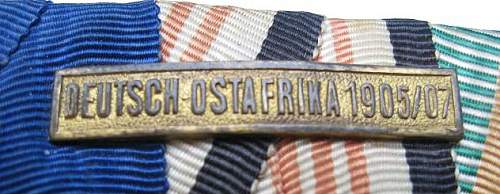
DEUTSCH OSTAFRIKA
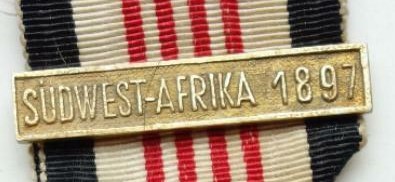
SÜDWESTAFRIKA
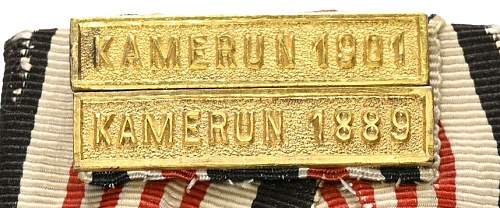
KAMERUN
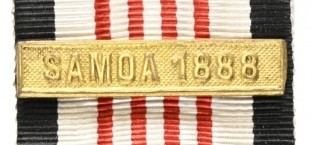
SAMOA
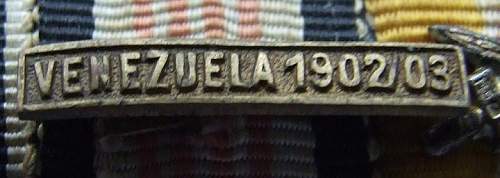
VENEZUELA

PONAPE
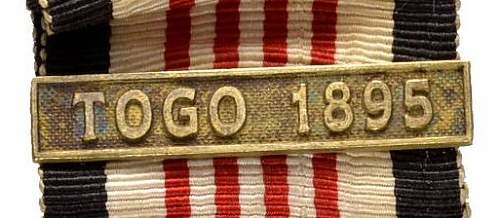
TOGO
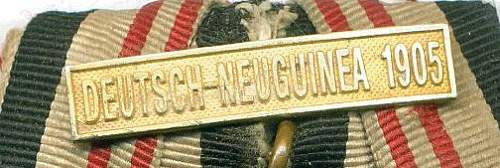
DEUTSCH NEUGUINEA
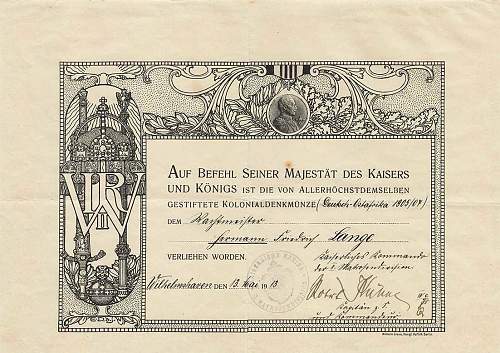
Urkunde / certificate
-
05-12-2024, 09:05 AM
#448
-
05-12-2024, 09:40 AM
#449
Similar Threads
-
In New users approval forum
-
In Medals, Orders & Decorations
-
In Field equipment, kit and other
 Posting Permissions
Posting Permissions
- You may not post new threads
- You may not post replies
- You may not post attachments
- You may not edit your posts
-
Forum Rules








 .
.



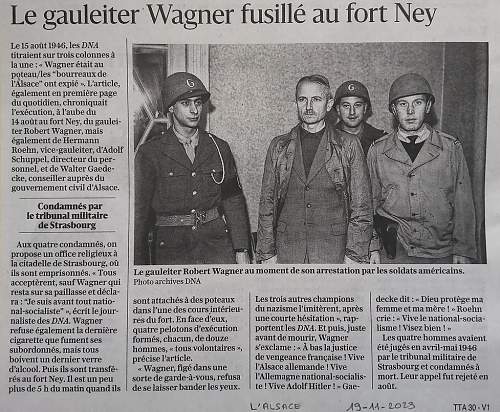
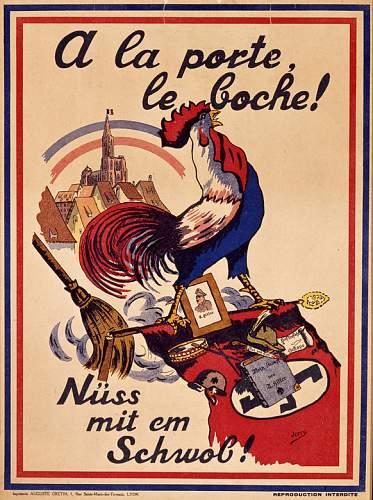
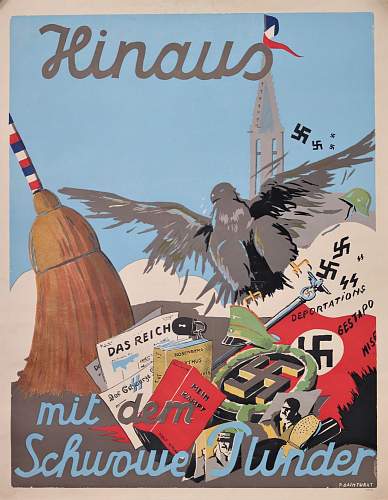
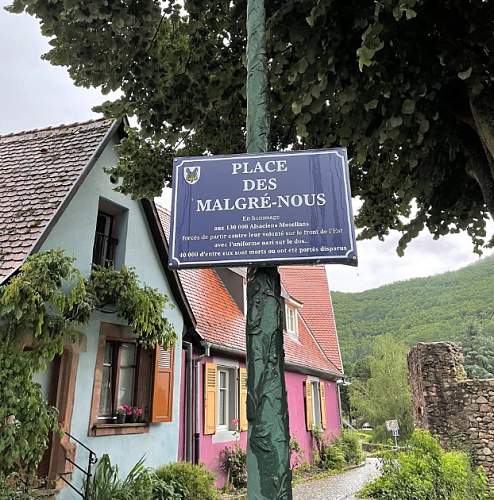
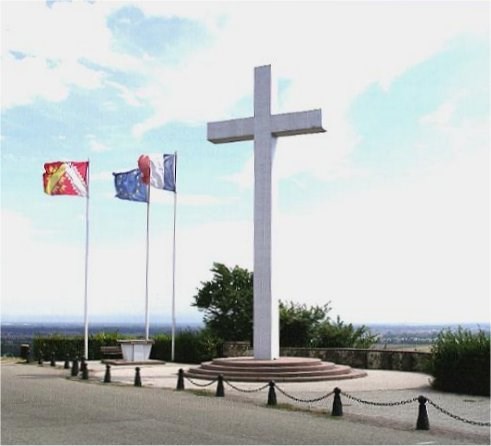
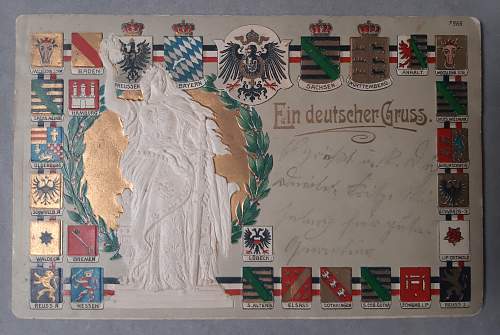
















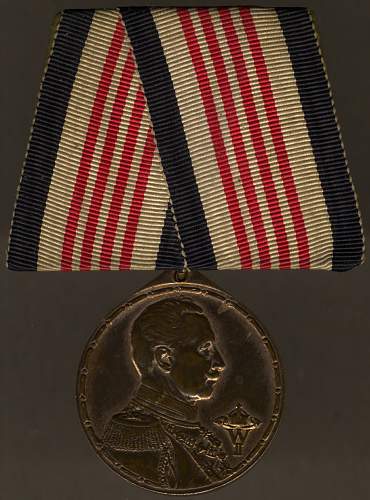
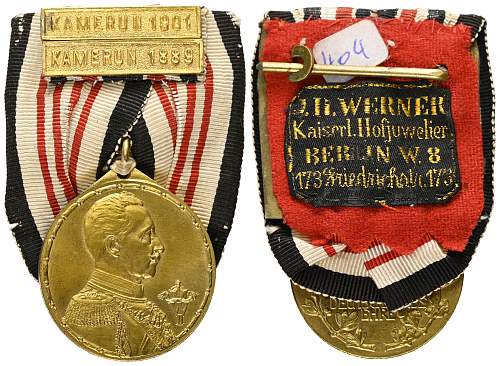
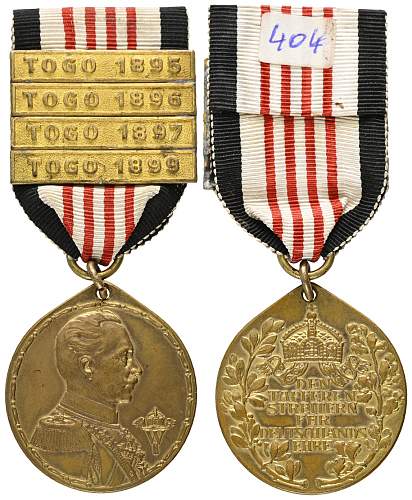
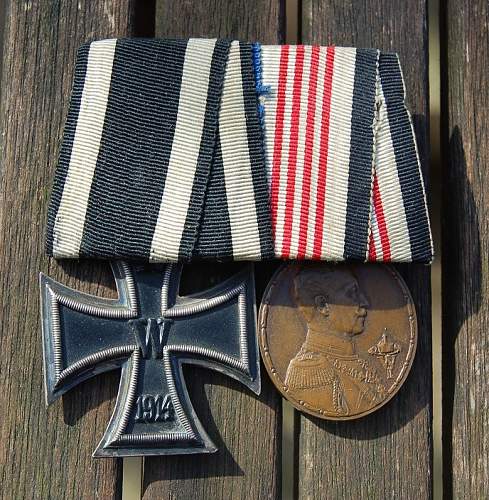
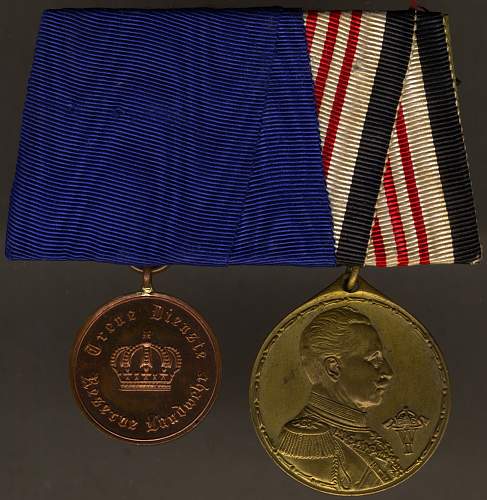
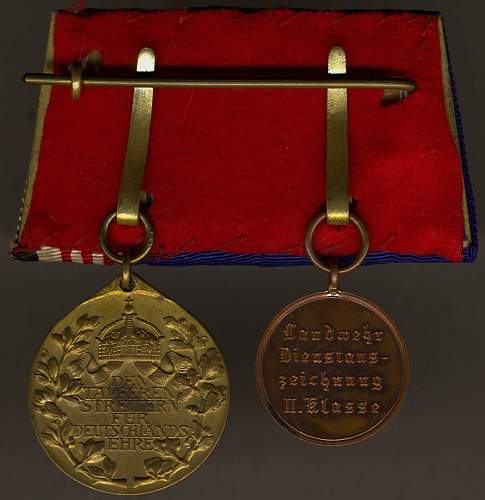
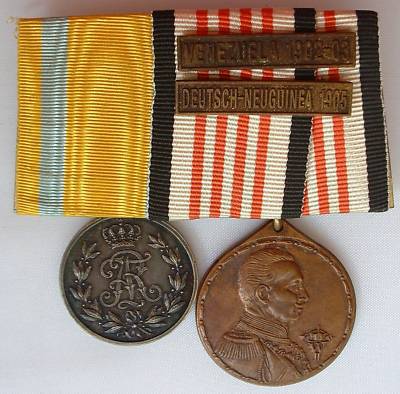
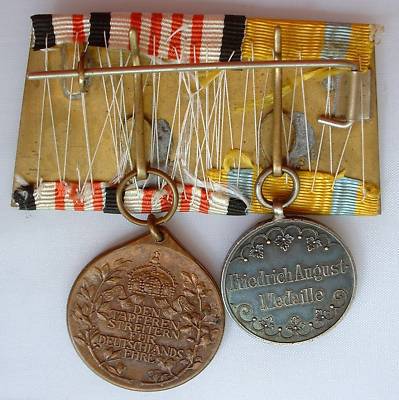
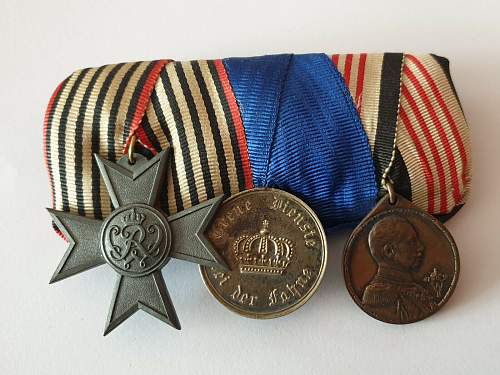
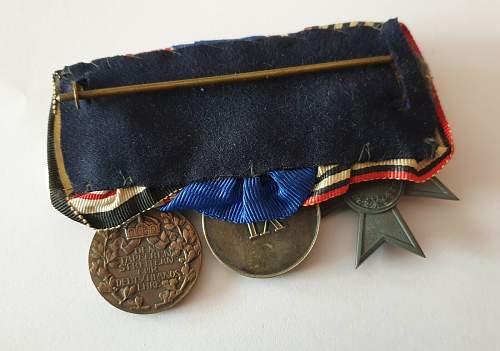
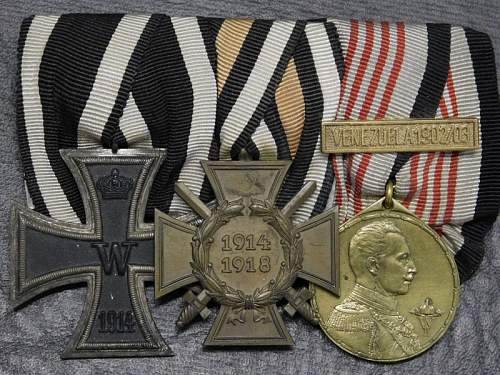
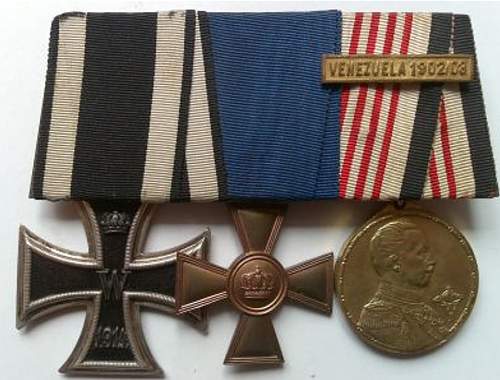
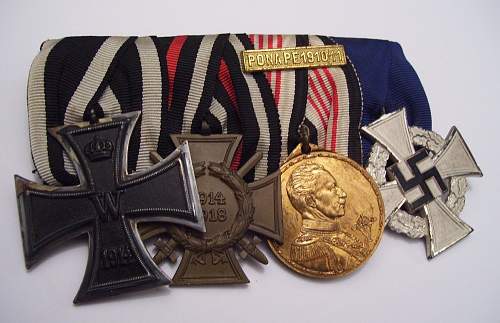
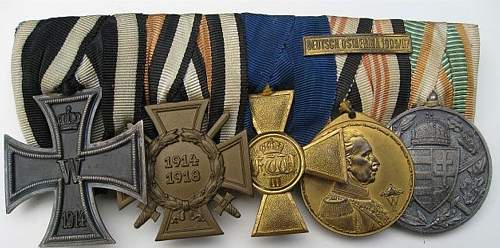
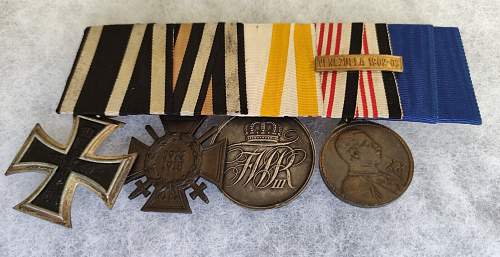
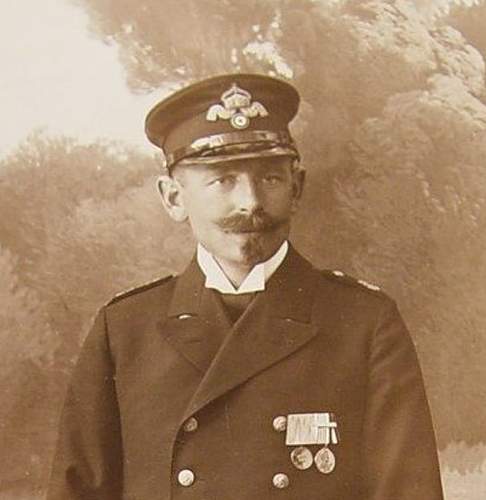
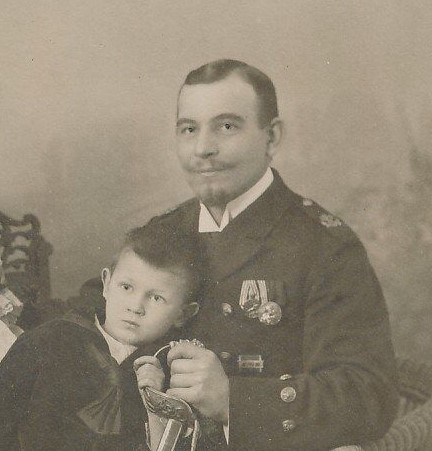


Bookmarks